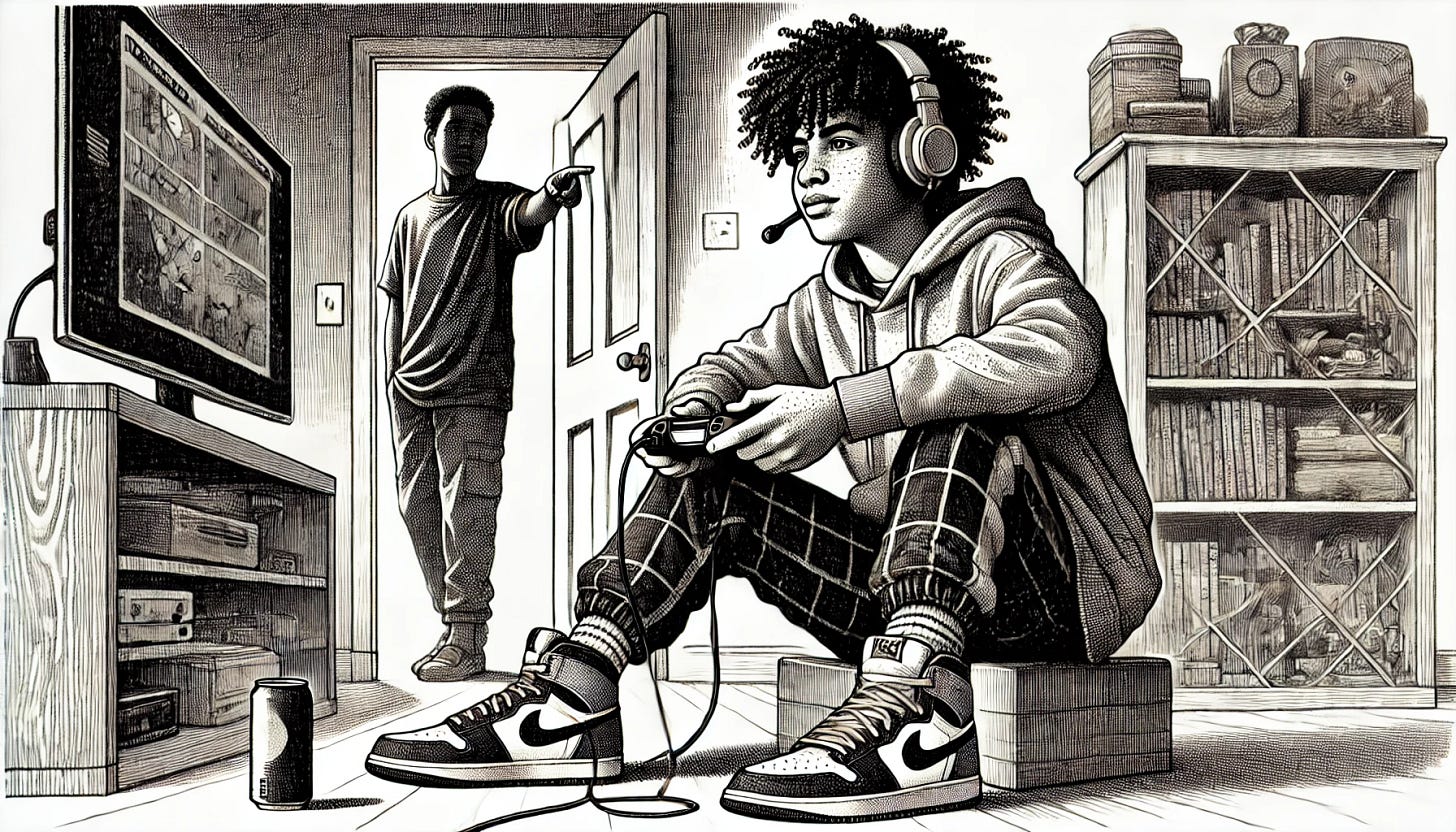TNC Case Study: The Generational Divide in Political Engagement ©2025
Bridging the Gap: How Different Generations Engage with Politics
Political engagement varies significantly across generations. While older voters maintain strong voting habits, younger generations often feel disillusioned with traditional political structures. This generational divide influences voter turnout, political priorities, and engagement strategies.
The Changing Landscape of Political Engagement
As political participation evolves, younger generations are redefining how they engage with democracy. Unlike previous generations who relied on traditional news sources and party loyalty, today’s younger voters navigate a fragmented media landscape, prioritize direct action over electoral politics, and focus on issue-based activism. This shift is reshaping not just how they consume information, but how they view their role in shaping the future.
Changing Media & Information Sources – Younger voters rely more on social media, influencers, and digital platforms instead of traditional news and political institutions.
Trust & Systemic Disillusionment – Many feel disconnected from traditional political structures, believing their votes don’t create real change compared to activism or direct action.
Preference for Issue-Based Engagement – Instead of party loyalty, younger generations prioritize specific issues (climate, social justice, etc.), engaging through protests, petitions, and online movements rather than voting alone.
Understanding the Generational Gap
Different generations engage with politics in unique ways due to historical experiences, technological advancements, and cultural shifts.
Boomers & Gen X – Grew up with strong institutional trust and participate through traditional means like voting and civic organizations.
Millennials & Gen Z – Have lower trust in institutions and engage more through digital activism, protests, and decentralized movements.
Silent Generation – Maintains the highest voter turnout but is shrinking in numbers.
The Impact of Technology & Media
Digital platforms have reshaped how people engage with politics, particularly younger generations. Social media, online news, and influencers now play a central role in shaping political awareness, discussions, and mobilization.
Unlike traditional media, which followed editorial standards, digital platforms prioritize engagement—often amplifying sensationalism over substance. Algorithms curate content based on user preferences, creating echo chambers that reinforce biases rather than challenge them.
While technology has increased access to political information, it has also fueled misinformation, polarization, and distrust in institutions. Younger generations engage more through activism, petitions, and decentralized movements, but does this translate into sustained political participation?
As traditional media declines, are digital platforms strengthening democracy or weakening its foundations?
Barriers to Political Participation
Despite high levels of political awareness, younger voters face obstacles that limit their participation.
Distrust in Political Institutions – Many feel politics do not represent their interests.
Structural Barriers – Outdated registration processes and limited access deter participation.
Lack of Authenticity in Messaging – Many political messages feel scripted and disconnected from real concerns.
Absence of Bottom-Up Organizing – Young voters prefer decentralized activism but lack pathways within traditional political structures.
No Clear Policy Outcomes – A lack of visible progress on major issues discourages participation.
Do you agree that these factors limit younger voter participation? If you think there are other key reasons, drop them in the comments!
A New Model for Engagement
The generational divide in political engagement can be addressed through education, technological adaptation, and institutional reform. Bridging this gap will create a more inclusive and representative democratic process.
How do you engage with politics?
What changes would help improve voter participation across generations?
Start Here: How it works


